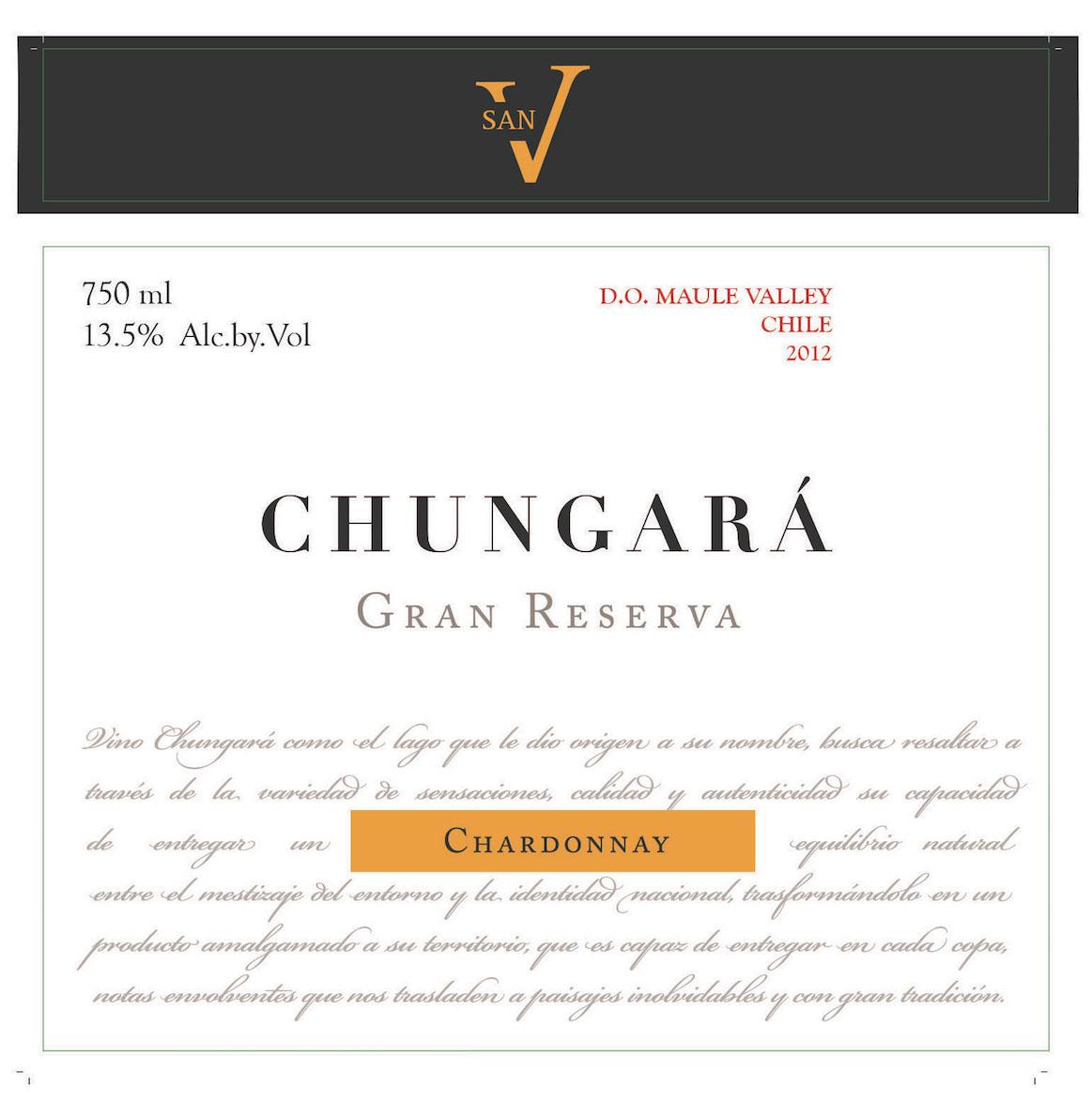2012 Maule Valley Chardonnay
Chungará Chungará Gran Reserva is a striking 2012 Chardonnay from the renowned Maule Valley, celebrated for its picturesque landscapes and exceptional winemaking tradition. This white wine presents a refreshing profile with bright acidity that invigorates the palate, making it a true delight. The fruit intensity is prominent, showcasing lush flavors of ripe peach and zesty citrus, harmoniously intertwined with subtle notes of green apple. The mouthfeel is elegantly balanced, with a medium-bodied richness that invites you to savor each sip. This wine is dry, allowing the vibrant fruit characteristics to shine, while its refined finish leaves a lasting impression. Whether enjoyed on its own or paired with seafood dishes, Chungará Chungará Gran Reserva exemplifies the charm and complexity that Chardonnay can offer.
Chungará Chungará Gran Reserva is a striking 2012 Chardonnay from the renowned Maule Valley, celebrated for its picturesque landscapes and exceptional winemaking tradition. This white wine presents a refreshing profile with bright acidity that invigorates the palate, making it a true delight. The fruit intensity is prominent, showcasing lush flavors of ripe peach and zesty citrus, harmoniously intertwined with subtle notes of green apple. The mouthfeel is elegantly balanced, with a medium-bodied richness that invites you to savor each sip. This wine is dry, allowing the vibrant fruit characteristics to shine, while its refined finish leaves a lasting impression. Whether enjoyed on its own or paired with seafood dishes, Chungará Chungará Gran Reserva exemplifies the charm and complexity that Chardonnay can offer.




